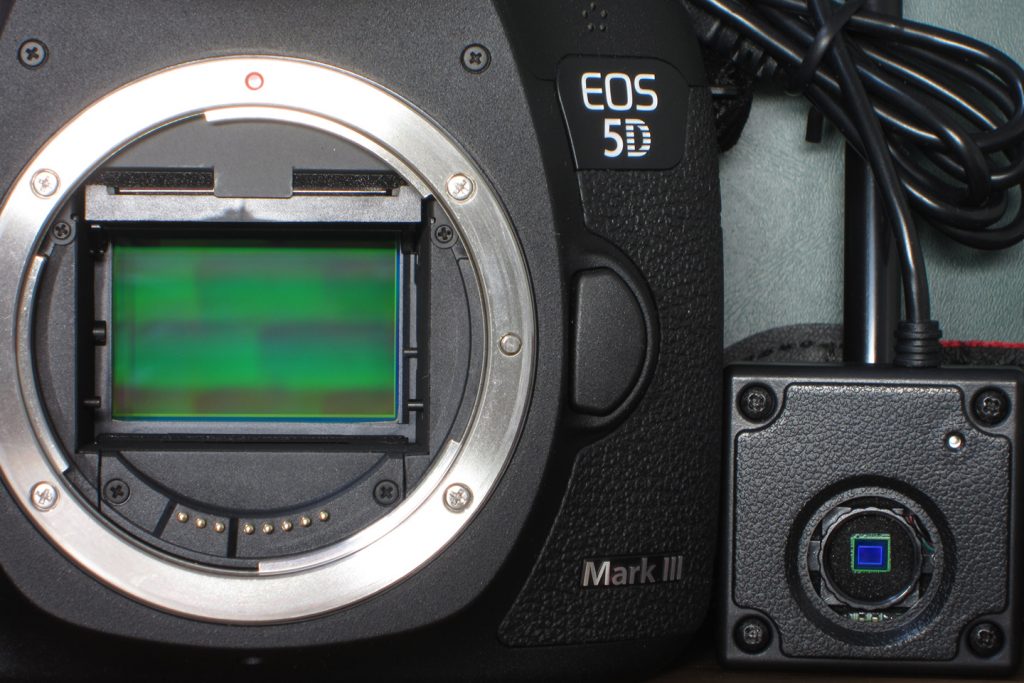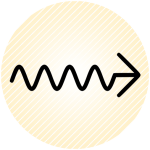Optics and photonics advances are increasingly replacing older technologies which allow for new capabilities in sensing and monitoring. These new components will enable a new wave of secondary niche markets that have the potential to have a significant impact on the U.S. economy and job pool.
New construction—such as bridges, tunnels, dams, skyscrapers, pipelines, railroad tracks, and power plants—and renovation of civilian and military infrastructure around the world routinely have many kinds of active and passive optical sensors (for example, of vibration, temperature, strain, displacement, and cracks) embedded for the real-time monitoring of operation and for the forecasting of hazardous conditions before disaster strikes.
Luminar, a company located in the Research Park adjacent to UCF, is developing the next generation of sensing technology used for autonomous vehicles. Capable of seeing 200 meters ahead of the car on which it is installed, they can pick out a fallen tree, a drunk driver, or a child darting into the street. These types of sensors will be a critical component in the development of autonomous vehicles.

Low-cost, high-resolution cameras in cell phones now make advanced digital imaging available to a substantial fraction of the world’s population with capabilities comparable with the best high-end cameras of the mid-2000’s.
Photo Courtesy Wikipedia: Kotaro Negawa Related Courses found in the B.S. in Photonic Science and Engineering Program at UCF:

The course covers three topics: 1) The optical fiber as a transmission channel. 2) Optoelectronic devices used in transmitters, receivers, and multiplexers. 3) Design of the overall communication system and assessment of its performance.

This course introduces the basic principles of two- and three-dimensional imaging systems. It includes the mathematics of image formation as a linear system and introduces point spread function, transfer function, resolution, and restoration. Objects such as microscopes, telescopes, and copiers operating in the gazing and scanning configurations are modeled and their resolution assessed. Interferometric imaging systems and their applications in metrology are described.

This course introduces the basic descriptions of light as waves (physical optics) and photons. Interference of optical waves is described along with interferometers and their applications to optical metrology and sensing. Diffraction of optical waves propagating through apertures is examined and the effects on the resolution of imaging systems and the spreading and focusing of optical beams are covered. Introduction to Fourier analysis for treating diffraction. Introduced to polarization and polarization devices; photon properties of absorption, emission, and luminescence phenomena. Photonic devices such as light emitting diodes, lasers and optical detectors.

Optoelectronics and Lab
The course includes a description of the interaction of light with semiconductor materials in a p-n junction configuration, the phenomena of absorption, electroluminescence, and stimulated emission. The distinction between direct and indirect compound semiconductors materials is noted. Includes photodiodes, light emitting diodes (LEDs), semiconductor optical amplifiers, and laser diodes. Array detectors, including complementary metal-oxide-semiconductor (CMOS) and charge-coupled devices (CCD) arrays, and array LEDs are included. Basic specifications and applications of each of these devices are described, including solar cells, imaging with array detectors, and LED displays.
